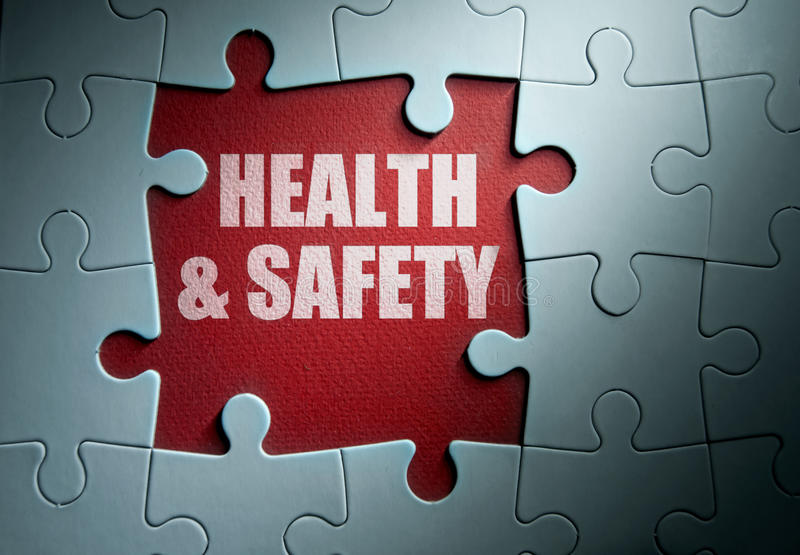Health and Safety, Risk assessment, COSHH and Manual Handling Courses

Course Type: Online
Course Type: Online
Course Type: Online
Course Type: Online
For customers who would like us to train on their site/premises, we offer prices negotiated to accommodate everyone.
Training Enquiries
Please contact Dale Slinger to discuss your requirements on 07754580868
or email adtrainingsolutions@yahoo.com
A climate of increasing health and safety legislation and liabilities
In a climate of increasing health and safety legislation and liabilities, organisations of all sizes and industry sectors are now implementing management systems as a framework for improving their health and safety performance.
Failure to take responsibility for occupational health and safety
Failure to take responsibility for occupational health and safety within your organisation could lead to serious consequences. Not only do you risk large financial penalties, but most importantly your reputation could be at stake through public naming and shaming. Why subject your organisation to a criminal record and hefty fine?
Employers are responsible...
Employers are responsible for providing safe and healthy workplace conditions and the right systems and methods for safe activities. Employees also have a vital part to play in the equation. They need the right knowledge and the right attitude to ensure this knowledge is implemented. This demands proper training in the basics of health and safety, as well as specific training for individual tasks.
Choosing to implement a formal health and safety management system will ensure you stay on the right side of the law and brings with it a number of benefits including:
- Identification of legal and other requirements
- A clear structure for authority and responsibility
- Measurable objectives for improvement
- A structured approach to risk assessment
- A planned and documented approach to health and safety
- The monitoring of health and safety issues and auditing of performance
In addition to the above benefits, financial benefits can also be achieved that include:
- A reduction in accidents and occupational ill health
- A reduction in stress and an increase in productivity
- A reduction in the likelihood of paying legal costs and compensation
- An improvement in underwriting risk
All qualifications are Ofqual accredited qualifications
All qualifications are Ofqual accredited qualifications in Health and Safety and will assist businesses to comply with their legal requirements by demonstrating that members of staff have been trained in preventative approaches to hazards and promoting a 'safe practice' culture. Moreover, they are designed to ensure that all employees are aware of their own safety and the safety of customers, contractors and the public and are applicable in any private or public sector environment.
| Course | Type | Training Hours | Cost per Delegate excluding exam fees |
Book Cost | Remote Invigilation Cost | Paper Based Exam Cost | |
|---|---|---|---|---|---|---|---|
| HABC Level 1 Asbestos Awareness - Certificated Course | Online | 4 | £40 | ||||
| HABC Level 2 Award in COSHH (RQF) (Control of Substances Hazardous to Health) | Online | 4 | £99 | ||||
| HABC Level 2 Fire Safety Certificated | Online | 4 | £25 |
||||
| HABC Manual Handling | Online | 4 | £40 |
Contact us for our early settlement discount and special rates for Group/bespoke training needs delivered on your premises.
The law says employers must make sure there’s an adequate supply of fresh air (ventilation) in enclosed areas of the workplace. This has not changed during the pandemic.
You should be maximising the fresh air in a space and this can be done by:
- natural ventilation which relies on passive air flow through windows, doors and air vents that can be fully or partially opened
- mechanical ventilation using fans and ducts to bring in fresh air from outside, or
- a combination of natural and mechanical ventilation, for example where mechanical ventilation relies on natural ventilation to maximise fresh air
You should consider ventilation alongside other control measures needed to reduce risks of transmission as part of making your workplace COVID-secure, such as social distancing, keeping your workplace clean and frequent handwashing.
This guidance will apply in most workplaces – it will help you and your workers:
- assess the risk from aerosol transmission in enclosed areas
- identify poorly ventilated areas
- decide on the steps you can take to improve ventilation
Why ventilation is important
Adequate ventilation reduces how much virus is in the air. It helps reduce the risk from aerosol transmission, when someone breathes in small particles (aerosols) in the air after a person with the virus has been in the same enclosed area.
The risk is greater in areas that are poorly ventilated.
Ventilation reduces the aerosol risk but has minimal impact on:
- droplet transmission (where people are within 2 metres of each other)
- contact transmission (touching surfaces)
Assessing the risk of aerosol transmission
Adequate ventilation can look different in different workplaces or settings.
You can reduce the risk of aerosol transmission by:
- making sure infected workers (or any visitors with coronavirus symptoms) do not come into the workplace
- providing adequate ventilation with fresh air
- limiting the number of people in an area
- thinking about activities that increase deeper breathing (including singing, physical exertion and shouting)
- workers spending less time in occupied areas
Deciding what adequate ventilation looks like in your workplace should be considered as part of a risk assessment.
https://www.hse.gov.uk/coronavirus/equipment-and-machinery/air-conditioning-and-ventilation/index.htm

 Thank you for the training provided my staff and myself. The sessions were conducted in a relaxed, clear and concise manor and would not hesitate to recommend your services.
Thank you for the training provided my staff and myself. The sessions were conducted in a relaxed, clear and concise manor and would not hesitate to recommend your services.

